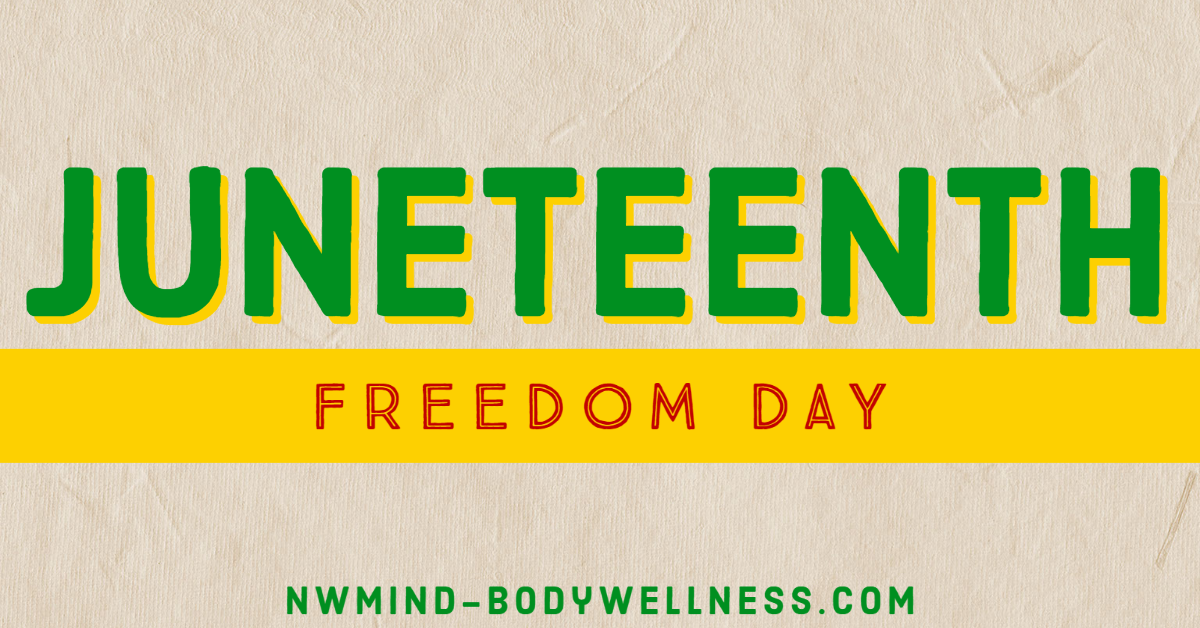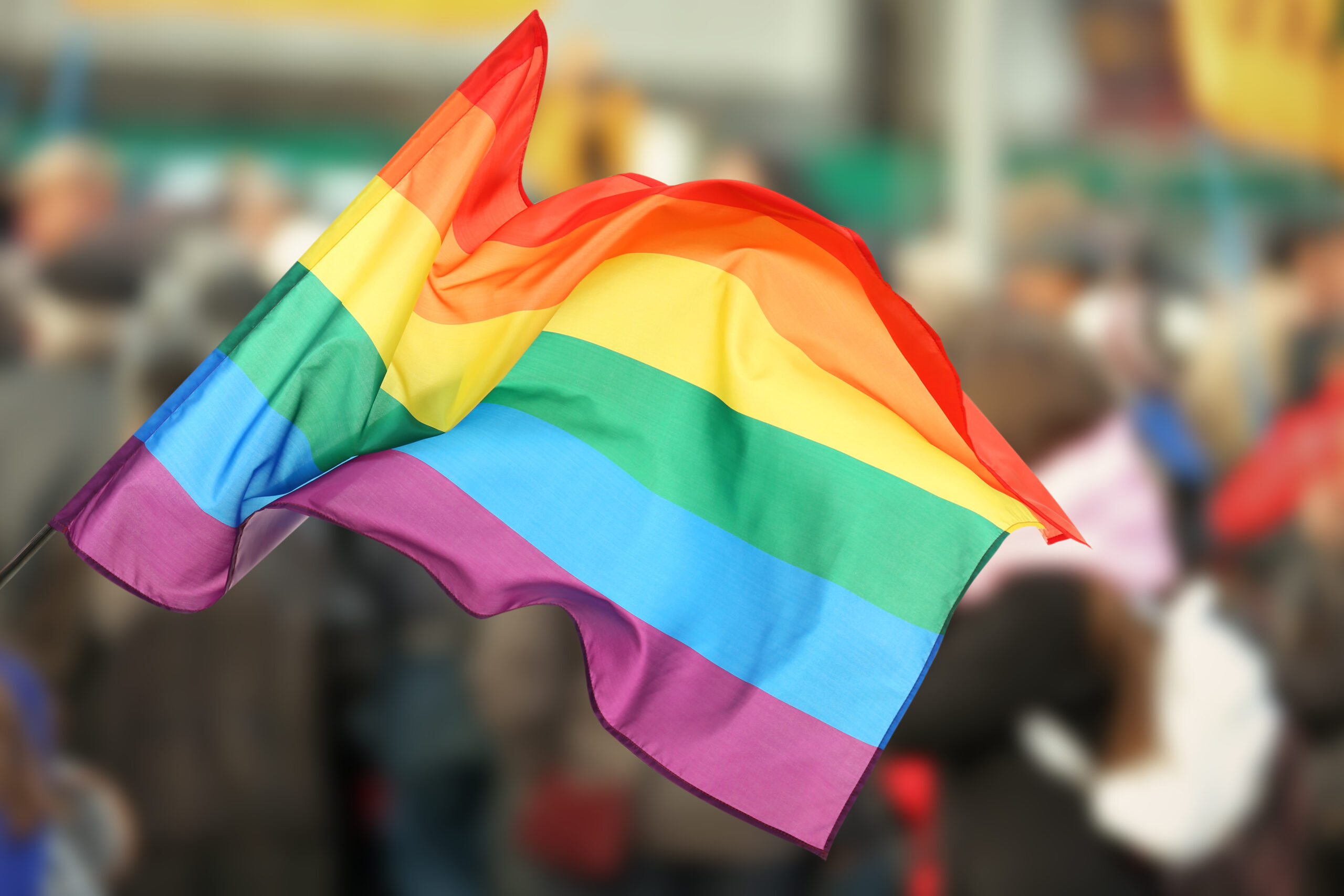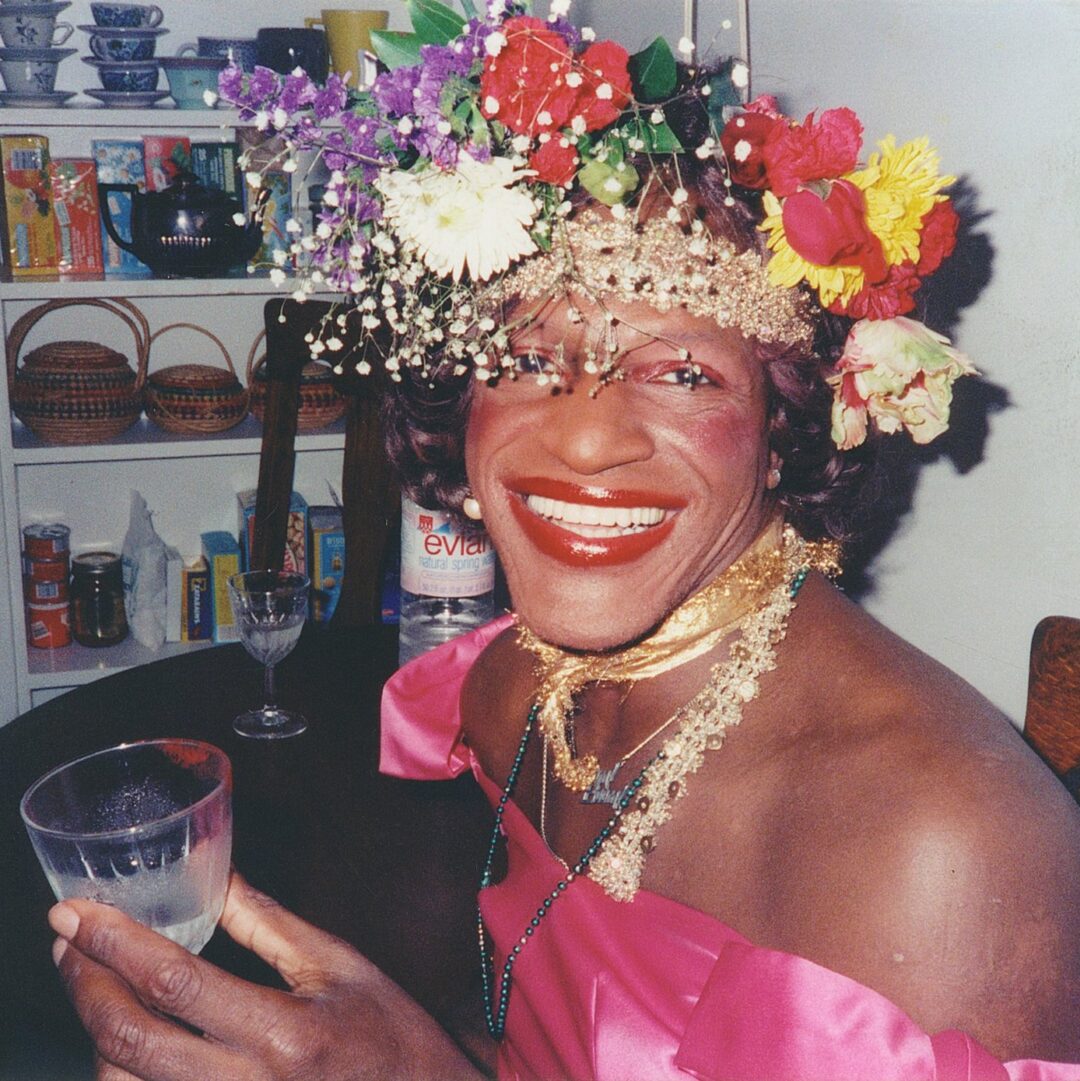Major Depressive Disorder with a Summer Pattern
Some individuals with major depressive disorder with a seasonal pattern (MDD-SP) experience depressive symptoms during the summer months. Although MDD-SP most commonly affects individuals during the winter, some people experience MDD with a summer pattern. Due to common misconceptions, MDD with a summer seasonal pattern is often overlooked. However, the disorder is serious and should be treated as such. Luckily, like with other types of depression, there are treatment options available that have been proven beneficial for many.
SYMPTOMS
The signs and symptoms of major depressive disorder with a summer seasonal pattern are associated with those of major depressive disorder. The common symptoms of MDD include but are not limited to:
- Sleeping too much or too little
- Loss of energy
- Changes in appetite and/or weight
- Feeling depressed most days
- Loss of interest in once enjoyable activities
- Thoughts of death or suicide
There are also specific symptoms commonly experienced with major depressive disorder with a summer seasonal pattern. These include but are not limited to:
- Anxiety
- Feeling agitated
- Insomnia
- Restlessness or feeling “on edge”
- Poor appetite, often leading to weight loss
Treatment and Therapies
There are many treatment options but, treatment plans often include a combination of:
- Psychotherapy
- Cognitive behavioral therapy is one of the most commonly used types of psychotherapy. It can help teach individuals how to replace negative thoughts with more positive ones.
- Antidepressants
- Antidepressants may be used to treat MDD-SP as depression is linked to disturbances in serotonin, which selective serotonin reuptake inhibitors (SSRIs) can be used to treat.
- Self-Care
- There are a variety of ways that people with MDD with a summer pattern can help manage their symptoms. Individuals may find that there symptoms decrease with
- Improved sleep: many people with MDD with a summer pattern struggle to get enough quality sleep. Sleep may be improved by taking time to do relaxing activities before bed and also by making sure your bedroom is dark and comfortable.
- Staying cool: some may find the heat of the summer to worsen their mood and mental health. By using air-conditioning and other ways to stay cool, symptoms may decrease.
- Nutrition: as people with MDD-SP commonly experience a loss of appetite, practicing good nutrition habits is essential. For those who are having trouble eating regular meals, it is best to aim for nutrient-dense meals. In addition, it is very important to drink plenty of water and stay hydrated.
- There are a variety of ways that people with MDD with a summer pattern can help manage their symptoms. Individuals may find that there symptoms decrease with
Finding TREATMENT AND RESOURCES
- To learn more, we recommend contacting your health care provider.
- To read more about major depressive disorder with a summer pattern, the following resources are suggested:
Return to home page: https://nwmind-bodywellness.com/
Read more articles: https://nwmind-bodywellness.com/articles/
























